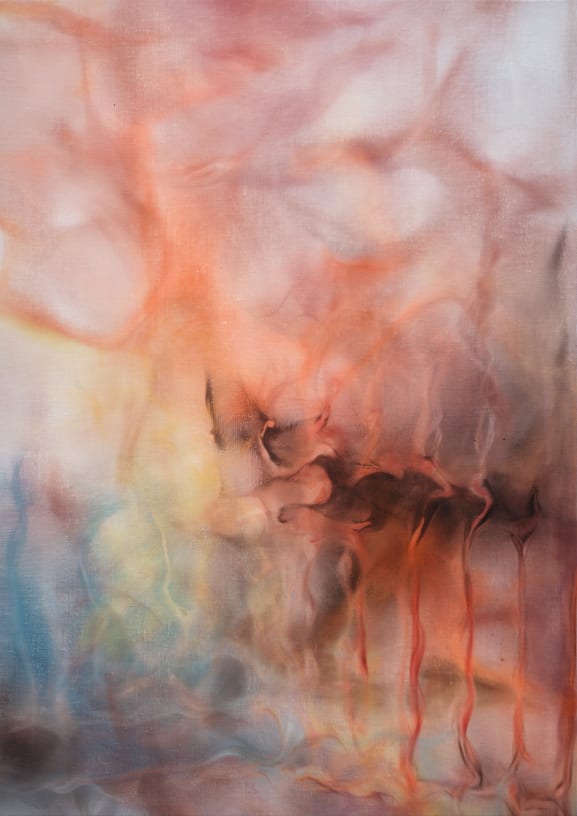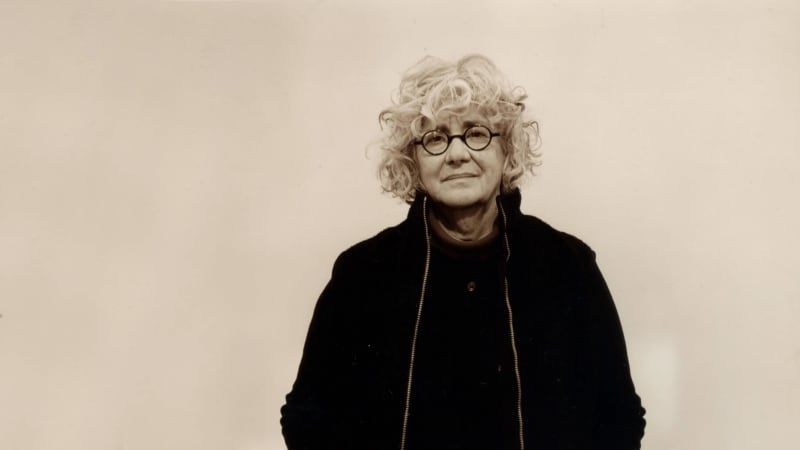Sean Scully: Smaller than the Sky review - 'A country house takeover worth travelling to see' Chloë Ashby . (This link opens in a new tab).
You’ll find Sean Scully’s Crate of Air (2018) between the ha-ha and the hall. Ha-ha as in a sunken wall, and hall as in Houghton Hall, the majestic stately home built by Robert Walpole in north Norfolk.
The Irish-American artist’s monumental open structure is framed by two rows of lime trees that have been meticulously pleached and are about to come into leaf. Against a clear blue sky, the steel glows a russet red (though it would look just as striking in the rain). It vaguely resembles scaffolding, and peering through it at the Palladian pile makes me look afresh at the classically inspired façade and all its delicious symmetry.
Pairing a contemporary artist with a historic country house can go one of two ways, and Houghton and Scully make a good match. In Smaller than the Sky the artist takes over the grounds and historic interiors with geometric sculptures made of glass, marble, sandstone and wood, small and vast paintings, works on paper and hand-scribbled notes.
While his musings on empty space, air and walls of sound and light provide helpful context, the sculptures — jaunty towers and tessellating stacks that echo and offset the architectural surroundings — steal the show.
Take Black and Gold (2021), a gleaming column of marble discs that rises up between three bulbous trees and mimics the pillars of the porticoed entrance to the South Wing Gallery opposite.
Incidentally, said gallery is the one element of the exhibition I’m less keen on — after seeing Scully’s sculptures let loose in the grounds, it’s no fun to see large paintings such as Doric Night (2011), a symphony of black and blue-grey, cooped up in such a small space. More pleasing are the watercolours and pastels that reveal themselves as you curve around the North Colonnade.
In the so-called Secret Garden is Brown Miller’s Stack (2023), which could have slipped straight out of Zinc Shot (2020) were it not for the difference in materials — repurposed millstones versus abandoned zinc water tanks.
Both have holes through them, just like the garden’s brickwork wall and the octagonal clock tower keeping watch from above. Taking things a step further, the nearby water tower pairs perfectly with the new Tower Light Cubed (2023), made of locally quarried limestone blocks.
When the sun is shining, it’s tempting to stick with the great outdoors, but do venture inside the grand old house, where Scully’s art sits just as well alongside William Kent’s plush interiors. A striped stone maquette (makes me think of Liquorice Allsorts) in front of a gilded mirror. A compact cuboid of black-and-white stone and marble on a plinth in front of a corresponding fireplace.
In the magnificent Stone Hall, the glossy coloured Murano glass slabs of Venice Stack (2020) catch the light that filters in through the tall windows and throws shapes across the tiled floor.
This is an exhibition worth travelling to see. If you need more convincing, throughout the grounds are permanent pieces by Anish Kapoor, Rachel Whiteread, James Turrell and more, plus the charming herd of white fallow deer nibbling at the neatly manicured lawns.
★★★★☆













































































































































































